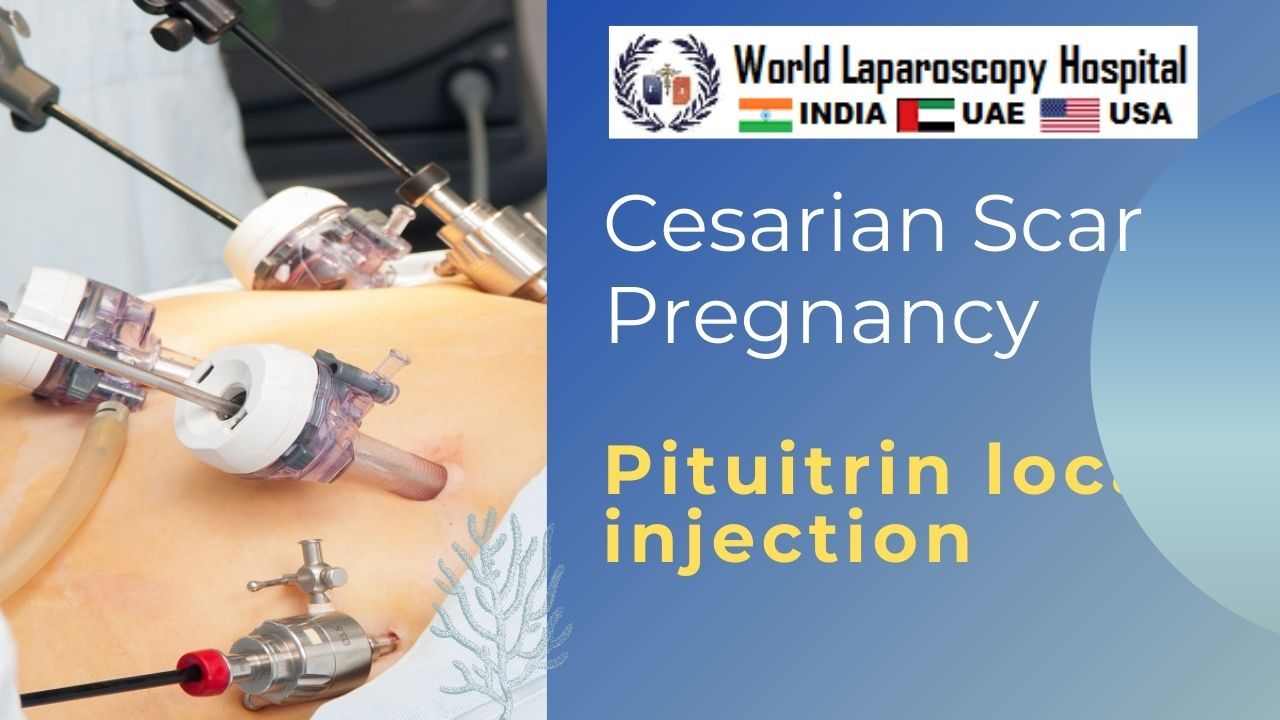Aim
To compare the effect of pituitrin local injection (PIT) and uterine artery embolization (UAE) as pretreatment before surgery during the management of cesarean scar pregnancy (CSP).
Methods
Forty-nine CSP patients diagnosed in our department of Suzhou Ninth People's Hospital from October 2017 to October 2019. All patients underwent hysteroscopy and negative pressure aspiration (for type I CSP) or laparoscopic wedge-resection (for type II and III CSP) following one of the preoperative treatments: PIT group (n = 26) and UAE group (n = 23). The baseline clinical data, intraoperative blood loss, blood transfusion rate, postoperative hospital stay, hospitalization expenses, postoperative pain, postoperative fever, postoperative serum β-human chorionic gonadotropin (β-hCG) level, and pregnancy outcome were reviewed and analyzed.

Results
There was no significant difference (p ≥ 0.05) between the two groups in baseline characteristics including age, gravidity, previous cesarean section times, interval since last cesarean delivery, metalepsis time, maximum diameter of gestational sac or mass under ultrasound, fetal cardiac activity, and preoperative β-hCG level. There was no significant difference in blood loss, transfusion rate, and postoperative β-hCG reduction percentage (p ≥ 0.05) either. The postoperative hospital stay, hospitalization expenses, postoperative pain, and postoperative fever rate in the PIT group were significantly lower than those in the UAE group (p < 0.05). Moreover, the β-hCG level of all patients turned negative 1 month after surgery successfully.
Conclusions
PIT pretreatment seems to be the same effective, more economical, and with fewer side effects pretreatment method compared to traditional UAE pretreatment in the management of CSP.